Preventive measures for ceramic artisans: Promoting musculoskeletal health in ceramic workshops
In order to prevent musculoskeletal disorders (MSDs) among ceramic artisans, here are some essential preventive measures to adopt:
1. Workstation layout: Customize workstations by adjusting equipment to reduce physical strain, for example by providing height-adjustable worktables to minimize excessive bending during modeling and turning.
2. Use of ergonomic exoskeletons: Make available ergonomic exoskeletons adapted to the specific movements and postures of the ceramicist profession to reduce physical pressure on the upper limbs, back and lower limbs, as well as to relieve muscle fatigue.
3. Task rotation: Encourage task rotation to diversify movements and reduce repetitiveness, thus helping to prevent muscle fatigue and MSDs.
4. Taking regular breaks: Promote regular breaks during extended work periods, allowing artisans to rest and relax their muscles, with the use of ergonomic exoskeletons for back relief.
5. Medical and ergonomic monitoring: Offer regular medical monitoring to detect signs of MSD early and offer personalized ergonomic advice to optimize the use of exoskeletons and prevent injuries.
6. Training and awareness: Provide training on the risks of MSDs and good work practices, raise awareness among artisans on the appropriate use of ergonomic exoskeletons and their benefits in terms of musculoskeletal relief.
By combining these preventive measures, it is possible to guarantee a safer and healthier working environment for ceramic artisans, while preserving the passion, creativity and authenticity of their profession.




.jpg)



.jpg)
.jpg)
.jpg)
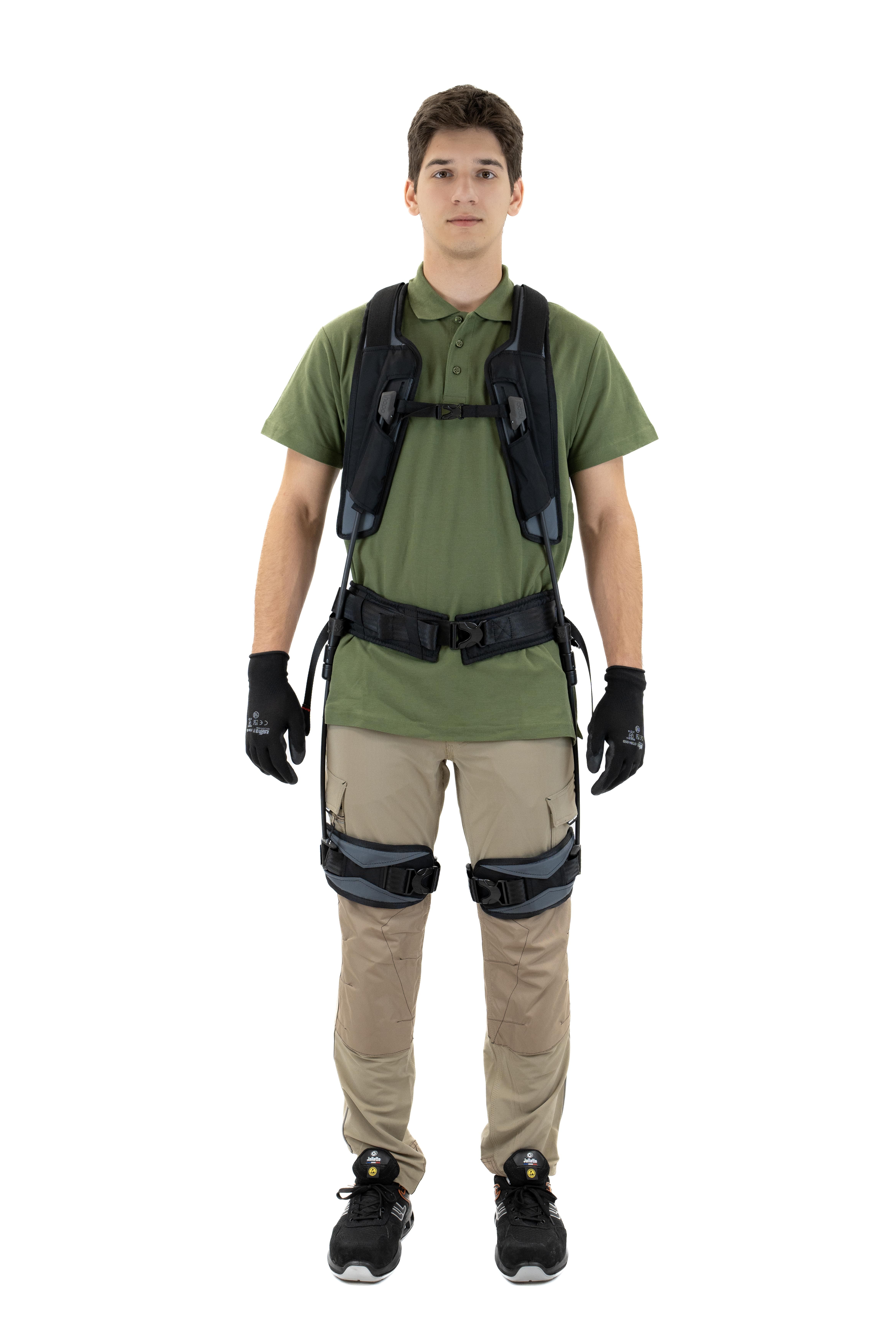
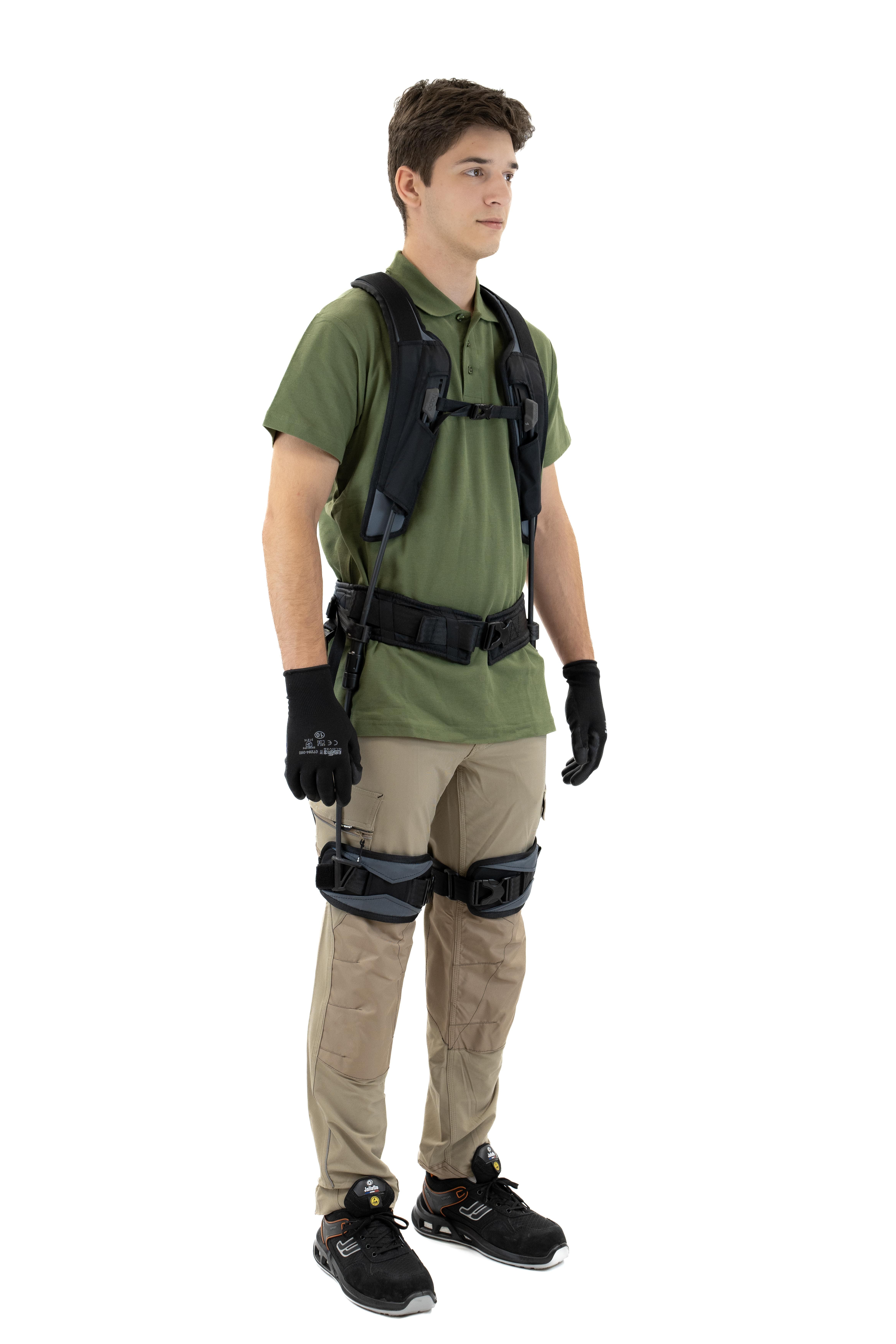
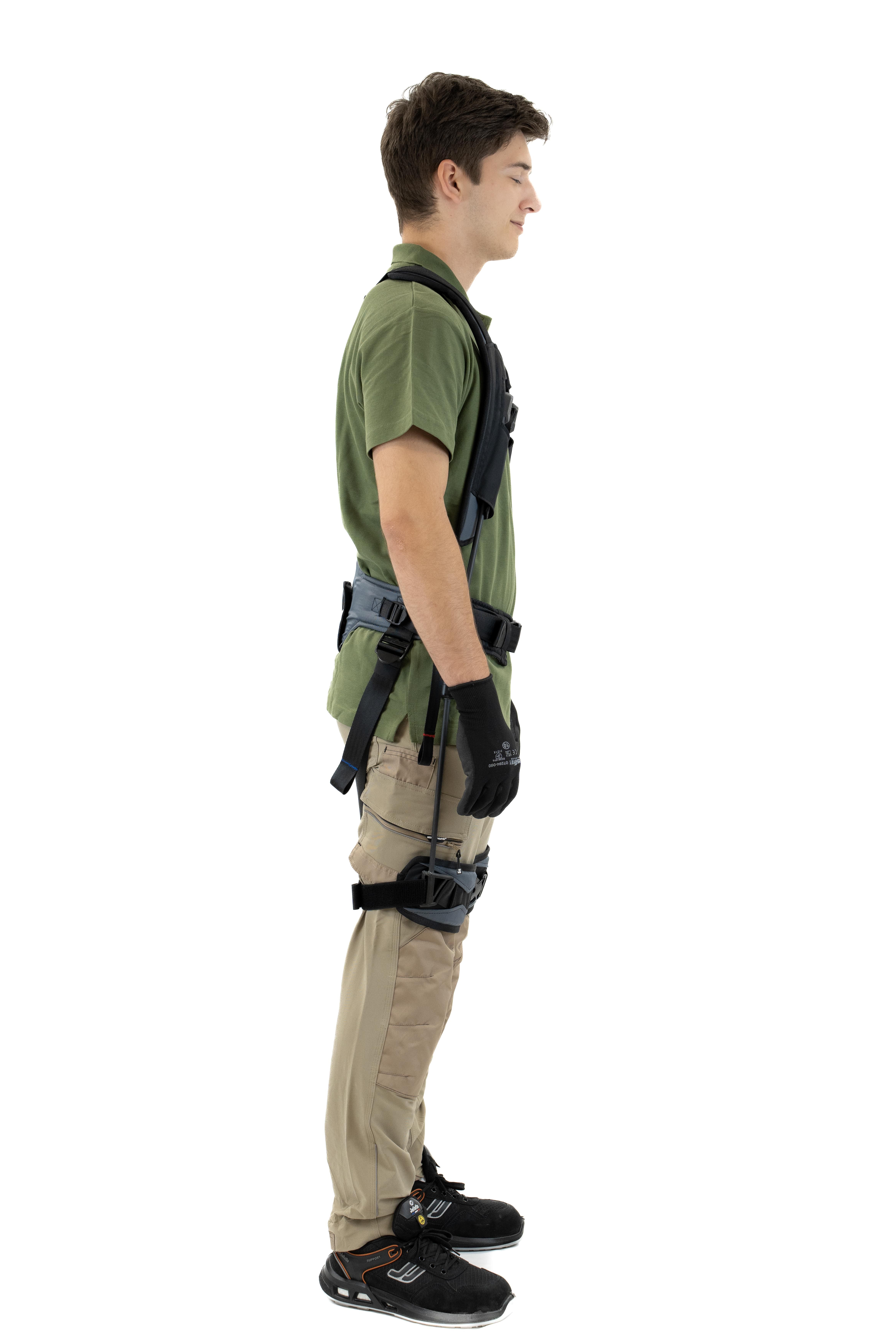
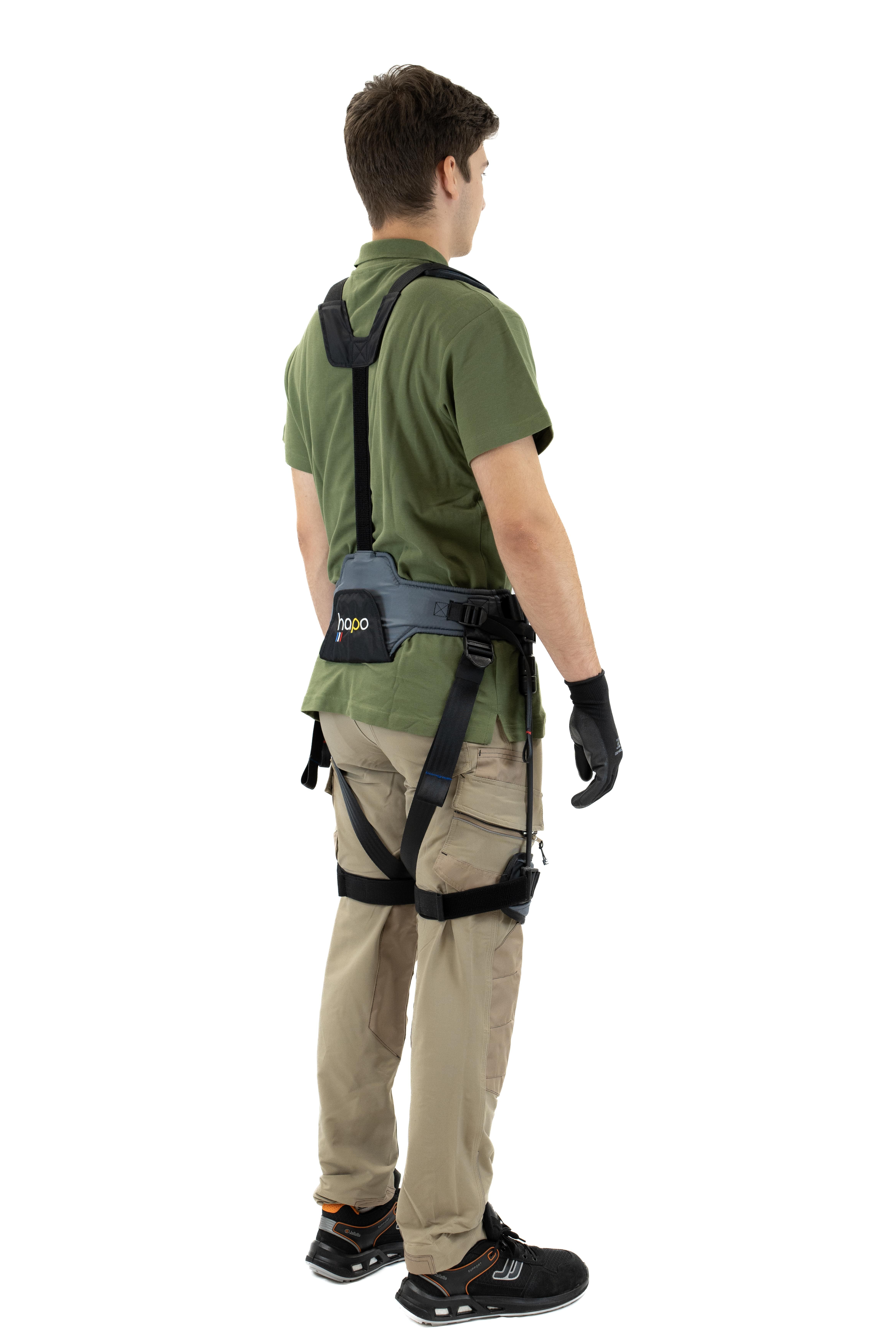
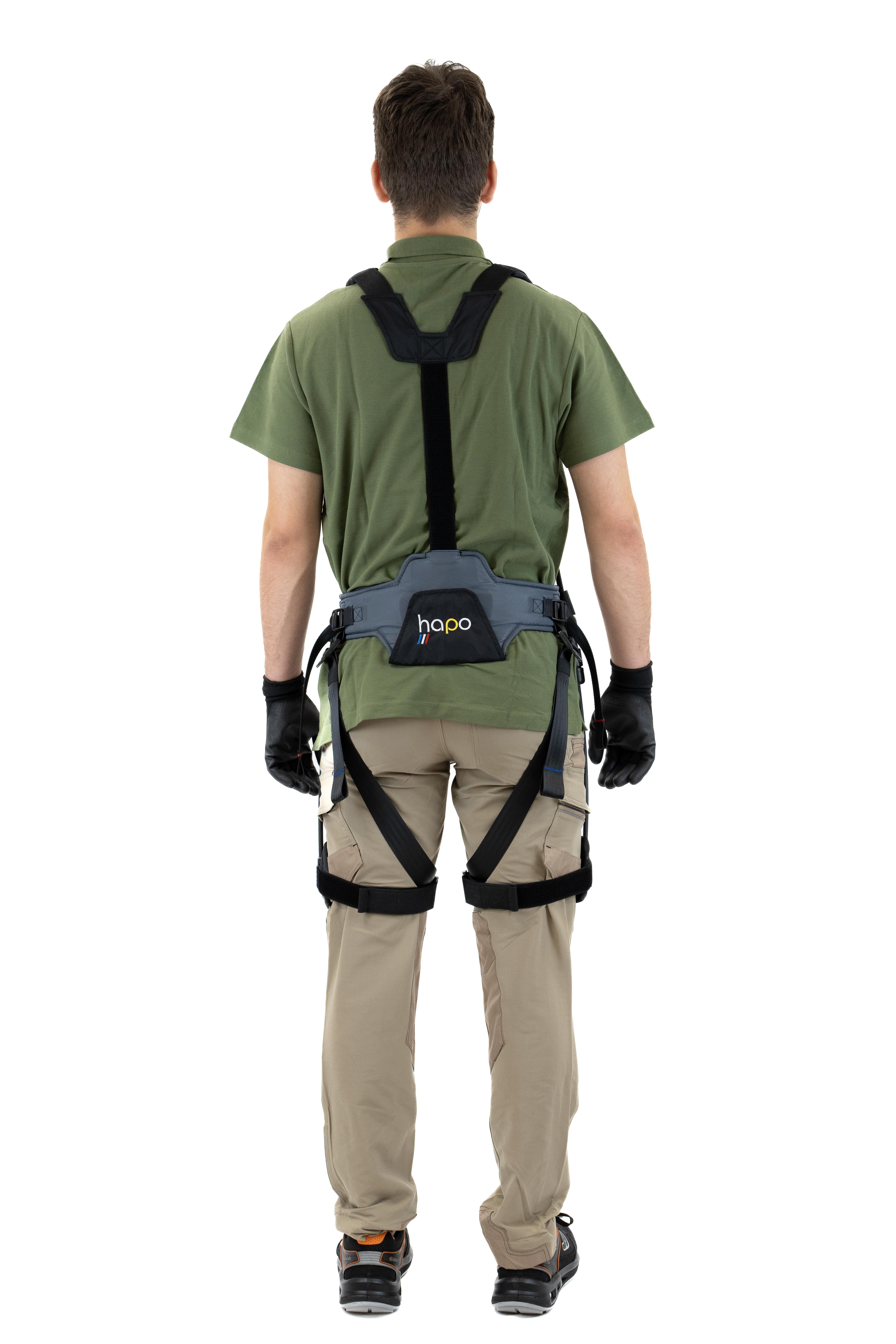
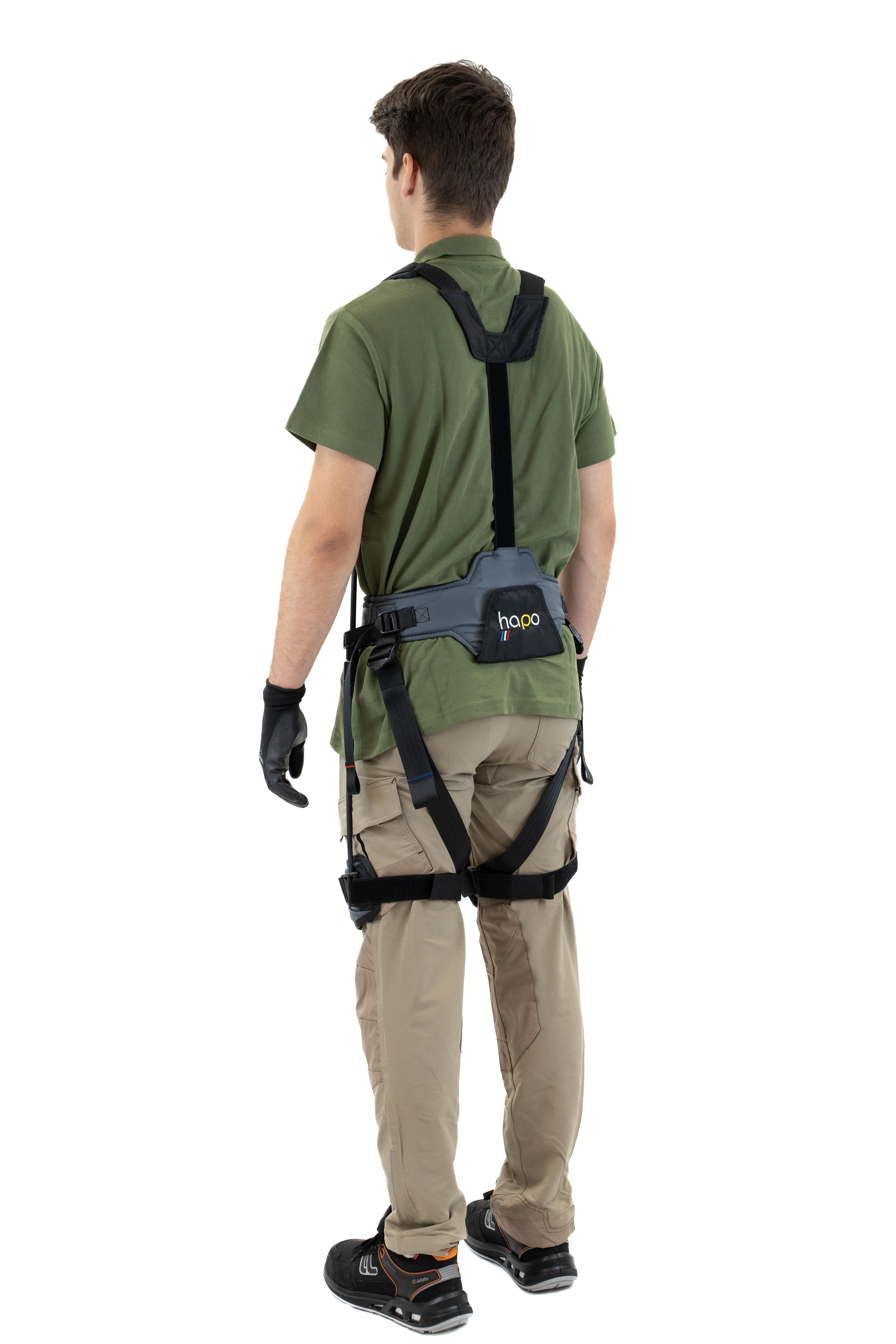
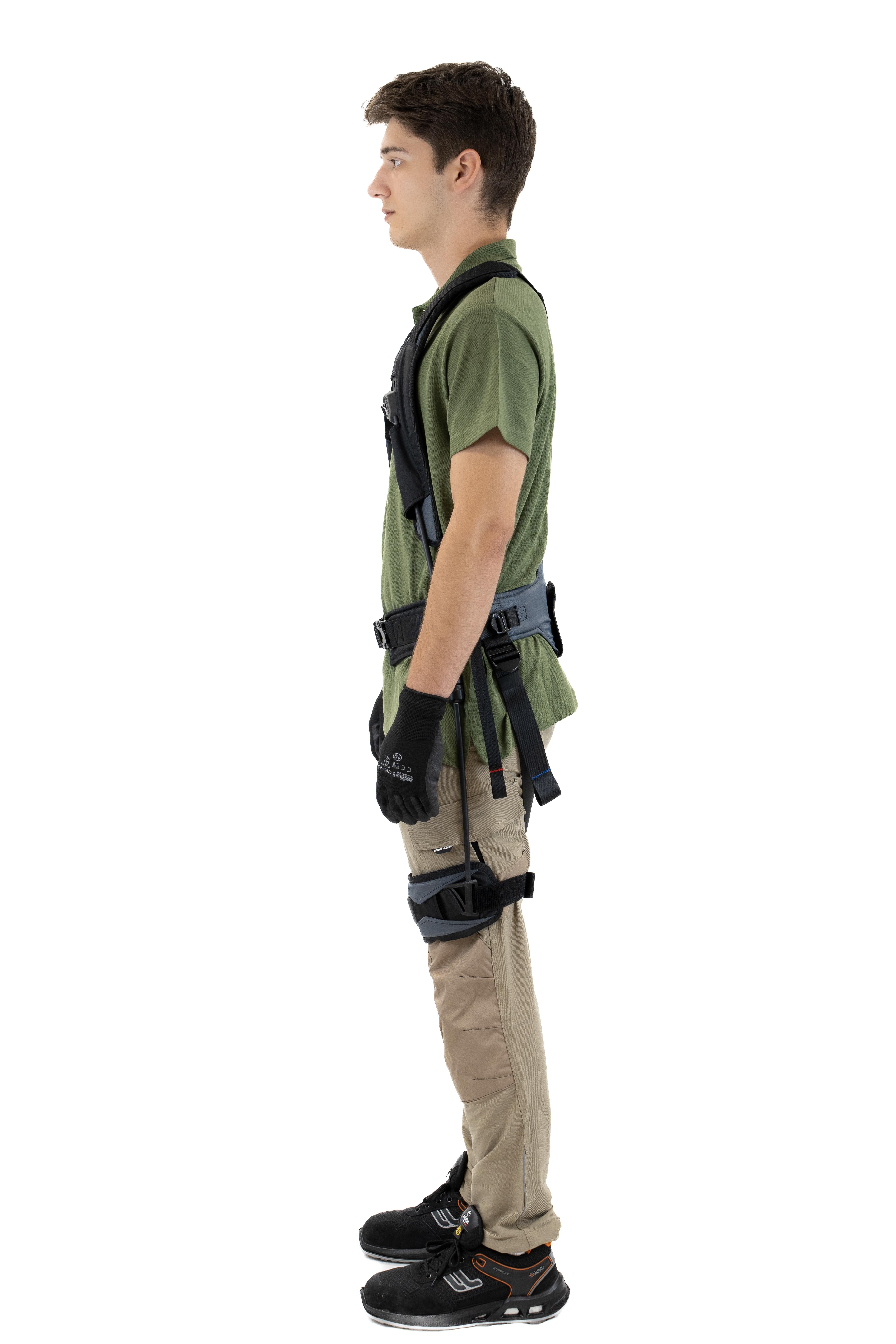
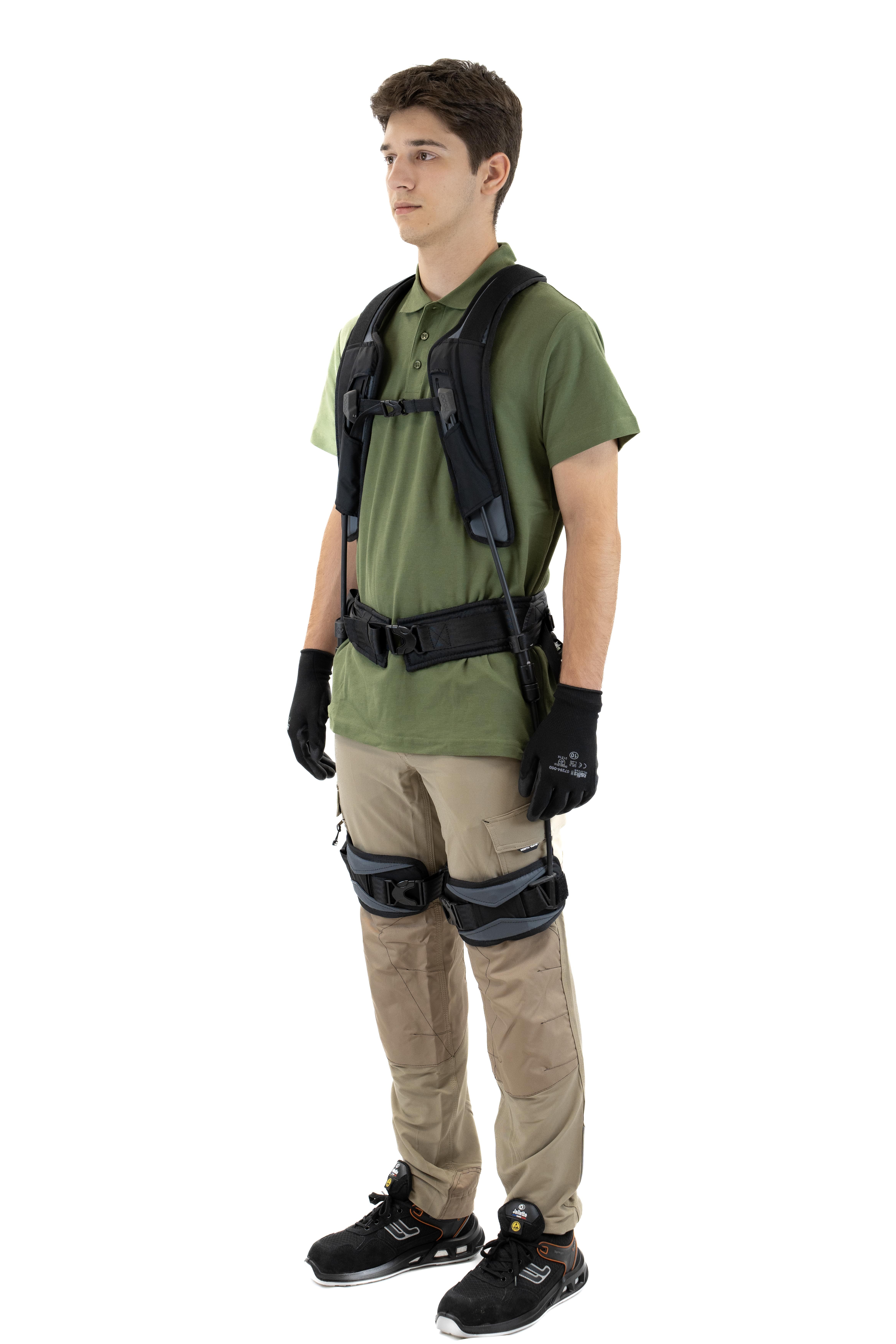
.jpg)
.jpg)
.jpg)
.jpg)
.jpg)
.jpg)
.jpg)
.jpg)